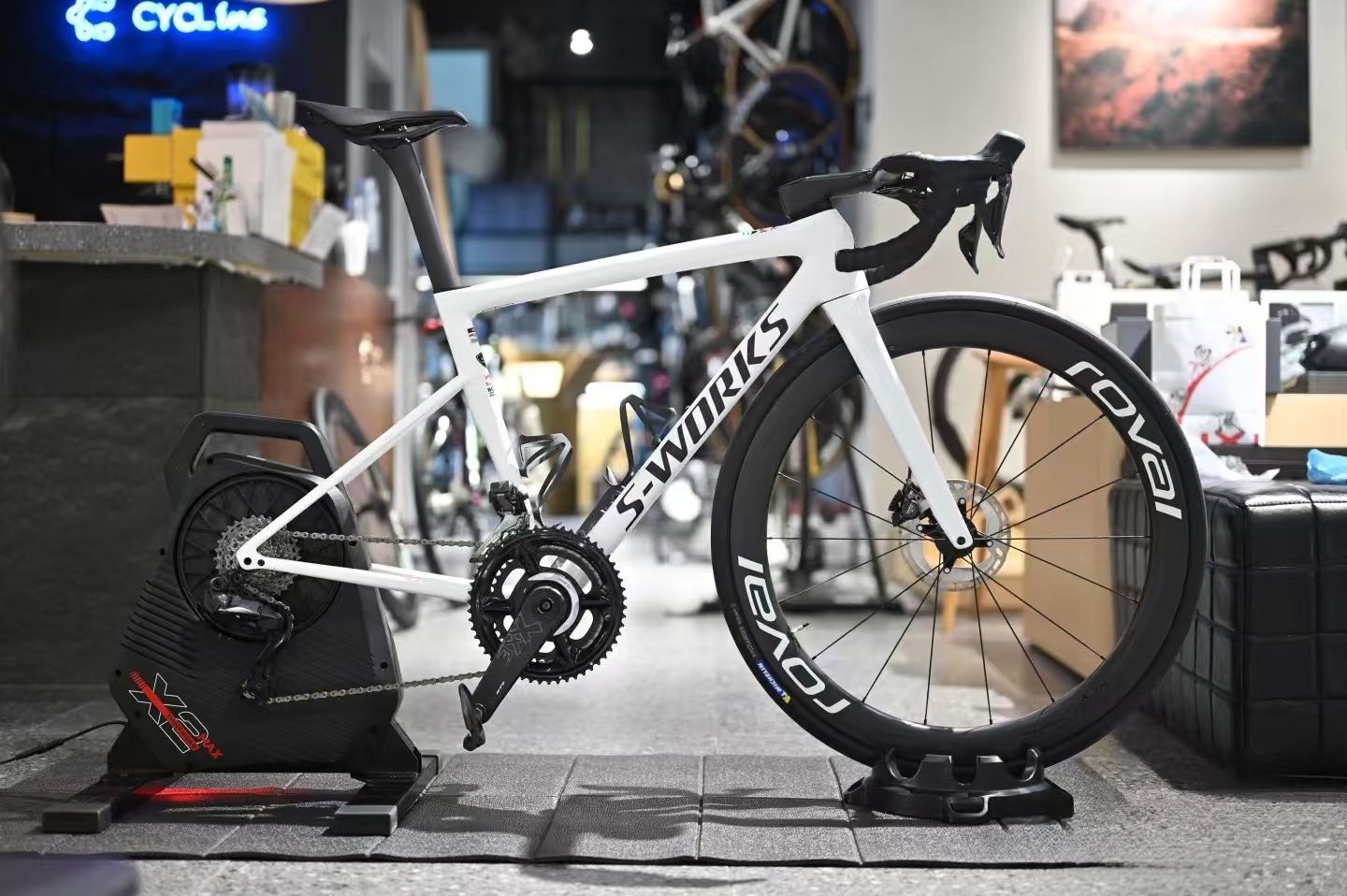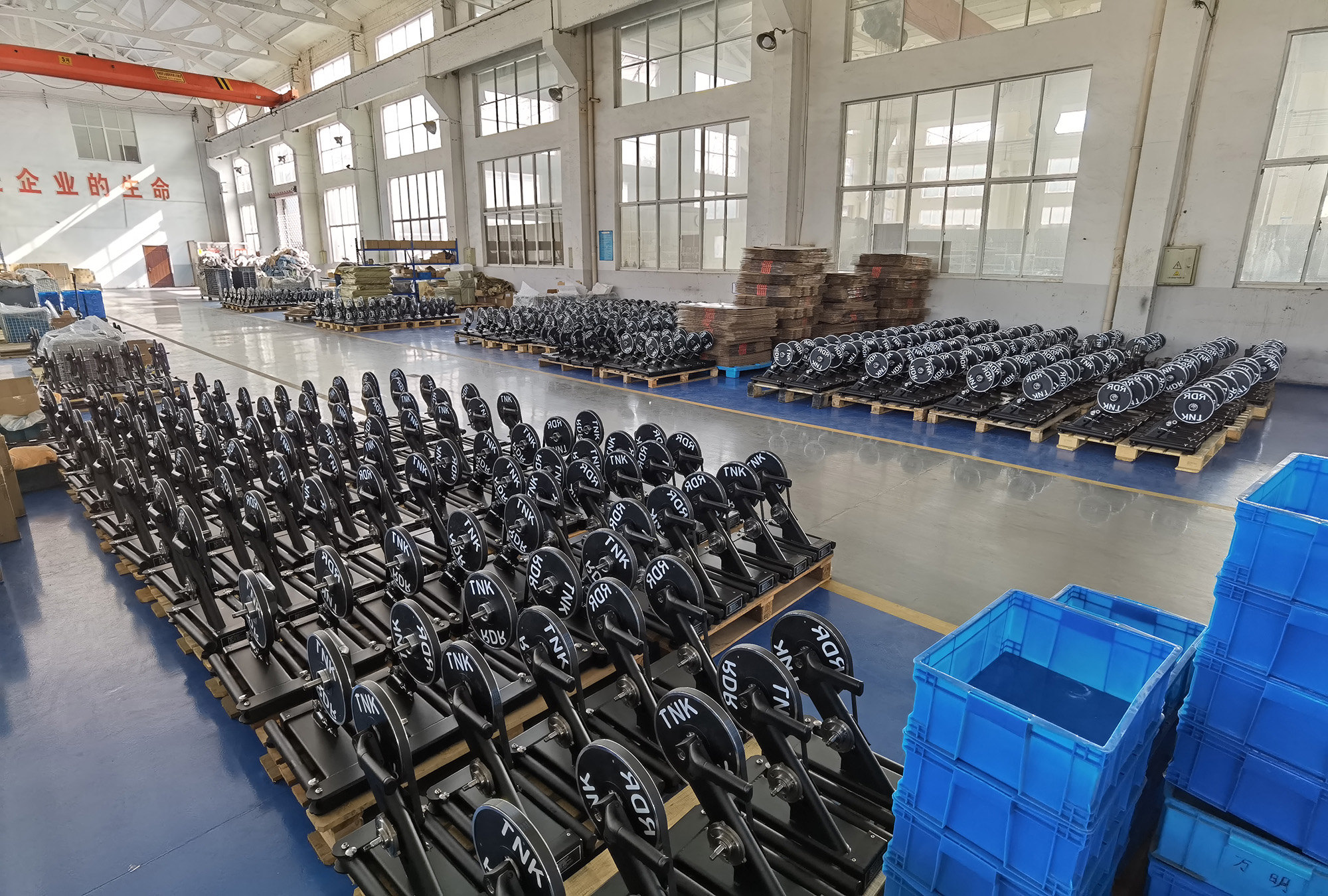For amateur and professional cyclists, indoor training is not just a convenient alternative—it’s a strategic necessity to refine skills, boost performance, and stay race-ready regardless of weather or time constraints. An intelligent cycling trainer serves as the cornerstone of effective indoor training, but with a plethora of options flooding the market, making the right choice can be daunting. This guide breaks down the essential factors you need to consider when purchasing an intelligent cycling trainer, tailored specifically to the rigorous demands of serious cyclists.
1. Precision Power Measurement: The Gold Standard for Serious Training
Accurate power measurement is non-negotiable for cyclists aiming to track progress, set training zones, and optimize performance. When evaluating trainers:
- Power Meter Accuracy: Look for trainers with an accuracy rating of at least ±2% or better. High-end models often use strain gauges similar to standalone power meters, ensuring reliable wattage readings crucial for interval training, FTP (Functional Threshold Power) testing, and race simulation.
- Consistency Across Sessions: The best trainers maintain consistent power readings over time, eliminating fluctuations that could skew training data. Brands that publish third-party accuracy reports offer added credibility.
- Real-Time Data Streaming: Ensure the trainer can transmit power data in real-time to your preferred head unit, smartphone, or tablet. Compatibility with ANT+ and Bluetooth protocols allows seamless integration with apps like TrainerRoad and Wahoo Systm.
2. Resistance Technology: Simulating Real-World Terrain
Professional-grade resistance systems replicate the feel of climbing mountains, sprinting on flats, and navigating varied terrains. Consider these options:
- Direct Drive Trainers: Renowned for their realistic road feel and instant resistance changes, direct drive trainers connect directly to your bike’s rear hub. They offer high resistance levels (up to 2,000+ watts), making them ideal for steep climb simulations and intense interval workouts.
- Smart Magnetic Resistance: Electronic magnetic trainers adjust resistance automatically based on your input or virtual route data. Look for models with a wide resistance range and smooth, stepless adjustment for seamless transitions during virtual races on platforms like Zwift.
- Fluid Resistance with Smart Upgrades: Traditional fluid trainers can now integrate with smart features. While they may not match direct drive accuracy, they provide a smooth, quiet ride and are suitable for endurance-focused cyclists on a budget.
3. Compatibility with Training Ecosystems
Your trainer should integrate seamlessly with your existing training tools and platforms:
- Third-Party App Support: Prioritize compatibility with leading cycling apps. Zwift offers immersive virtual worlds and group rides, TrainerRoad provides structured workouts based on your FTP, and Rouvy offers real-world route simulations. Ensure the trainer supports both ANT+ FE-C (for precise resistance control) and Bluetooth FTMS protocols.
- Bike Compatibility: Check if the trainer works with your bike’s frame size, wheel type (clincher or tubeless), and axle standards (quick-release, thru-axle). Some trainers offer adaptors for universal compatibility, but confirm this before purchase.
- Head Unit Integration: If you use a GPS bike computer like Garmin or Wahoo, verify that the trainer can send power, cadence, and resistance data directly to your device for a unified training experience.
4. Durability and Build Quality: Withstanding Rigorous Training
Amateur and professional cyclists subject their trainers to intense, frequent use. Look for:
- Sturdy Frame Construction: Opt for trainers with a steel or aluminum frame capable of handling high wattage outputs without flexing or vibrating. A weight capacity of at least 150 kg (330 lbs) ensures stability during powerful sprints.
- Quiet Operation: While not a performance metric, noise levels matter, especially for long indoor sessions. Direct drive trainers and high-quality magnetic models typically operate below 60 decibels, similar to a quiet conversation.
- Maintenance Requirements: Choose trainers with minimal upkeep. Belt-driven systems often last longer than chain-driven ones, and sealed resistance units reduce the need for lubrication.
5. Advanced Features for Pro-Level Training
Elevate your training with these cutting-edge capabilities:
- Gradient Simulation: Trainers that can mimic slopes of up to 20% or more add realism to climbing workouts, helping you prepare for mountainous race stages.
- Virtual Racing Integration: Some trainers offer direct access to online racing platforms, allowing you to compete against global riders in real-time events with live resistance adjustments based on race dynamics.
- Data Analytics and Training Insights: Built-in analytics or compatibility with advanced data platforms (e.g., Today’s Plan) analyze your training load, recovery status, and performance trends over time, enabling data-driven training decisions.
Our Recommendation
Here, we understand the unique demands of serious cyclists. Our trainers feature:
- Lab-Tested Power Accuracy: With an ±2% accuracy rating, our power meters provide precise data for every workout.
- Ultra-Realistic Resistance: Capable of simulating 20% gradients and delivering 2500 watts of resistance, our direct drive models replicate the most challenging real-world terrains.
- Complete Ecosystem Integration: Seamless compatibility with Zwift, TrainerRoad, and all major cycling apps, plus native integration with popular GPS head units.
- Proven Durability: Engineered with aluminum frames and maintenance-free belt drives, our trainers are built to withstand daily professional use.
Investing in the right smart cycling trainer is an investment in your performance. By prioritizing power accuracy, resistance quality, compatibility, durability, and advanced features, you can transform your indoor training from a necessity into a powerful performance enhancer.


